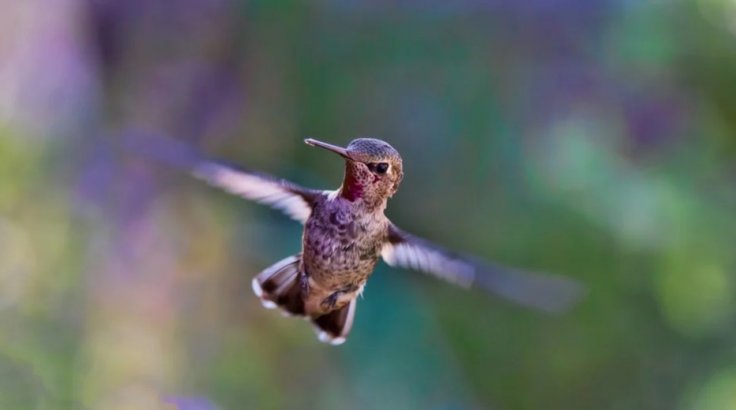A new study, published in the the journal Nature, has revealed that scientists have identified the oldest fossil ever found of a modern bird. The team of researchers, led by Cambridge University, claimed that the fossil, discovered in a limestone quarry near the Belgian-Dutch border, dates from less than one million years before the asteroid impact on Earth which eliminated all large dinosaurs.
Dubbed as the "Wonderchicken", the fossil represents the oldest-known anatomically modern bird called 'Asteriornis maastrichtensis' that inhabited a seashore environment 66.7 million years ago, during the Cretaceous period. The researchers believe that the newly discovered fossil will surely provide a rare glimpse into the history of early evolution of such birds.

The bird skull has several features that are similar to modern day chickens and duck-like birds. This suggests that it may be close to the last common ancestor of modern chickens and ducks.
Why is it called 'Wonderchicken'?
Daniel Field, palaeontologist, University of Cambridge, and the lead author of the research paper, said: "When we CT scanned the rocks to get a better look at the limb bones, we were shocked to discover an incredible, nearly complete skull peering out at us from the computer screen."
"This skull is one of the best-preserved fossil bird skulls of any age, so the fact that it is from such an important point in Earth history is amazing," Dr Field added. The nickname, "Wonderchicken" that indicates the bird's chicken-like beak and its scientific importance, has also been coined by Dr Field.
How did it survive the asteroid impact?
Palaeontologist and study co-author Daniel Ksepka of the Bruce Museum in Greenwich, Connecticut, said that Asteriornis also provides clues regarding factors that may have helped some birds to survive the asteroid impact while others perished. He added that the small size of the bird, which had a 30cm-long body, may have helped it survive the environmental calamity, caused by the asteroid strike.
According to reports, the oldest fossil of an anatomically modern bird until now was the one named Vegavis that lived 66.5 million years ago in Antarctica. However, there are differences of opinion about its placement on the bird family tree.









